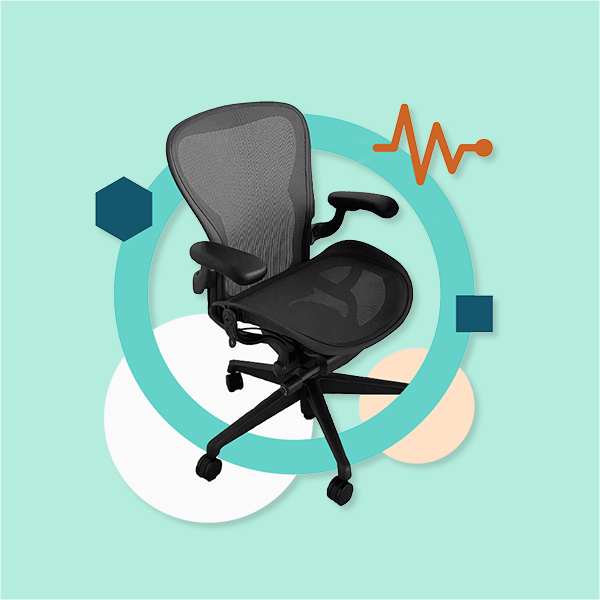Introduction
What is nervous system regulation?
Nervous system regulation is the ability to tolerate stressors and process, digest, and complete nervous system activation (fight/flight/fawn/freeze energies) without moving beyond our capacity and window of tolerance (also known as our zone of resilience) and into dysregulation.
What is the window of tolerance and capacity? (Dr Dan Seigel)
The window of tolerance is often described as our zone of resilience—the state in which we can manage everyday stressors, stay regulated, and function effectively. Within this window, our nervous system can process arousal and emotional experiences without becoming overwhelmed. The size of this window varies from person to person and can be affected by trauma or Neurodivergence. Our capacity refers to how much we can be with, tolerate, and digest the emotions, sensations, and experiences of the present moment.
Learn More on how to help your clients understand their window of tolerance
Why is this important in the workplace?
Regulated staff can offer co-regulation to others and, in doing so, support their regulation, thereby increasing safety and reducing risk. Creating cultures prioritising staff wellbeing and regulation is essential for good-quality support and ensuring organisational success.
1. Know your stress response
Awareness is key. Tending to our stress responses is self-care. They are a normal part of being human and they developed to help us survive. We all experience them, and knowing how we react is powerful. Stress responses are adaptive. Most of us have a combination of responses and find we have different responses with different people or situations.
-
Do you have an explosive temper?
Are you bullying, controlling, entitled, perfectionist when stressed?
-
Do you experience obsessive and compulsive behaviours, anxiety, and perfectionism?
Are you constantly doing and moving, worrying, and working?
-
Are you unable to express yourself and are you manipulated or controlled by others?
Do you rarely use the word I?
Are you a yes person, a people pleaser, tending, soothing, and caring constantly for others, without standing up for your own views, needs and preferences?
-
Do you prefer hibernating than socialising and want to hide from reality?
Do you experience spacey sensations, feeling unreal, isolation, brain fog and difficulties making decisions?
Activity
Become aware of how and when you respond to stress. To do this, think about a time you were annoyed or upset. How did you react?
Did you fight? Were you flight responsive? Did you fawn? Did you freeze
2. Tend to your stress response via your preferred resources
Now, become aware of actions (or things) that help you feel calm and relaxed. These are your preferred resources. What do you do or turn to in times of stress, upset or anxiety? What happens if you are at work and cannot do this? We can self-soothe and support our body to complete the stress response via resources such as breathing, taking some time out and going for a walk, and self-holding exercises wherever we are. These resources release stress. Examples of self-holding exercises include:
Activity: SOS Containment
Watch a short video demonstrating how to do this somatic exercise.
This simple technique helps to reduce overwhelm due to external sensory overload or intense emotions and sensations. It contains and calms your body and reduces the stress response. It’s especially effective if someone talks through the steps and does the exercise alongside you.
Place your right hand under your left armpit.
Place your left hand around the top of your right arm.
Notice your body without trying to change it.
It seems so simple, yet the self-soothing and regulating effects are powerful as the exercise supports the body to feel held, witnessed and contained.
If you can, say kind words to yourself at the same time, such as ‘I know this will pass’. This can deepen the impact of the exercise.
Activity: ABC Technique
Watch a short video demonstrating how to do this somatic exercise.
This simple ABC technique will help to build capacity and nervous system regulation so that you are able to tolerate more intense emotions and sensations and process the stress response in your body more easily.
Anchor
Take your thoughts to your feet, bottom and pelvis. Feel their weight and connection to the ground (or the chair if you are sat down).
Breath
Notice your breathing.
Connect
Put your hands on your body where it feels most comfortable (or where you most strongly feel sensation or emotion). Connect with yourself.
3. Remember to support others to regulate moment to moment
Activity
Support others to regulate moment to moment, by frequently pausing and asking them:
Are you too hot, or cold?
Do you need the toilet?
Do you need to hydrate?
Do you need to stand up?
Do you need to move?
4. Workplace stress management
Supporting workplace stress management requires creating a supportive environment that acknowledges the challenges employees face and offers practical solutions. Creating cultures prioritising staff wellbeing and regulation is essential for co-regulation, good-quality service provision, and outcomes. It improves staff recruitment and retention too.
Activity: Workplace Checklist
Burnout and stress in the workplace can be safeguarded against by ensuring:
Staff are trained and supported to recognise the signs of dysregulation in themselves and others.
Those who hold positions of power and privilege take responsibility for de-escalation and co-regulation in the workplace and are expected to do so through values, training, policy and procedure.
Role modelling and supportive behaviours are put in place, such as empathetic listening, demonstrating self-soothing activities, and offering verbal reassurance
Want to learn more?
Our Neurodivergent Wellbeing Approach online training course explores this topic in more detail across eight chapters.
This course is a holistic, Neurodivergent-friendly wellbeing curriculum that offers a reflective space, education, and practical strategies for Neurodivergent individuals, their family members, friends, caregivers, and professionals who support them.








